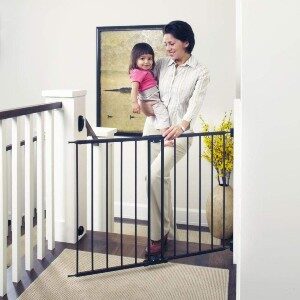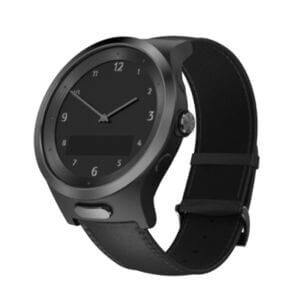People with dementia—a group of diseases affecting the brain1 —often feel disoriented, confused, or anxious. They have a nagging feeling that they need to go somewhere or do something, but can’t quite remember what they need to do or where they need to go.
Or, as one person with dementia described it to our health expert Sally Russell, MN, CMSRN, CNE, they feel like they’re “leaving bits and pieces of themselves around but don’t know where to find them.”
They end up wandering, aimlessly, as a result.









